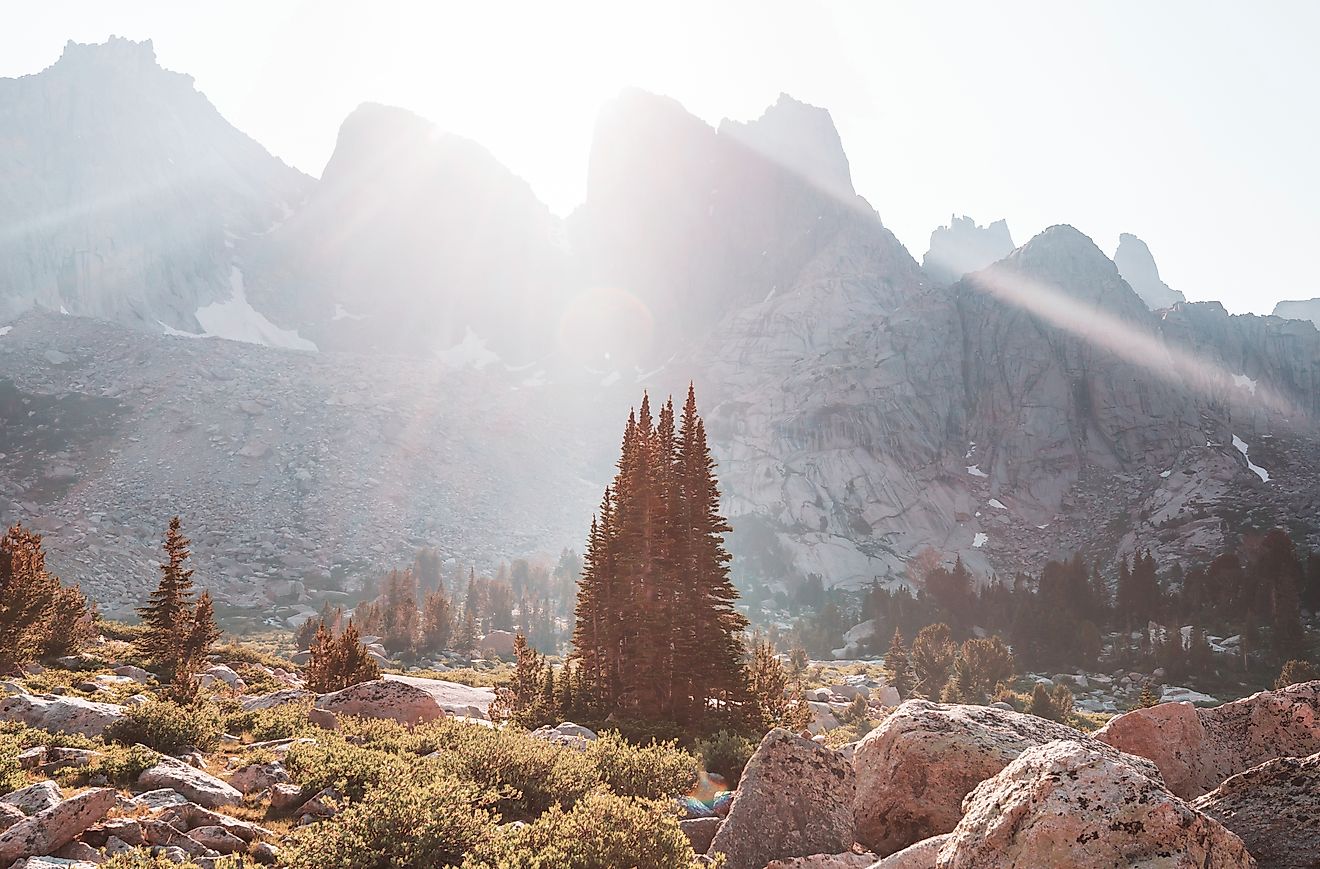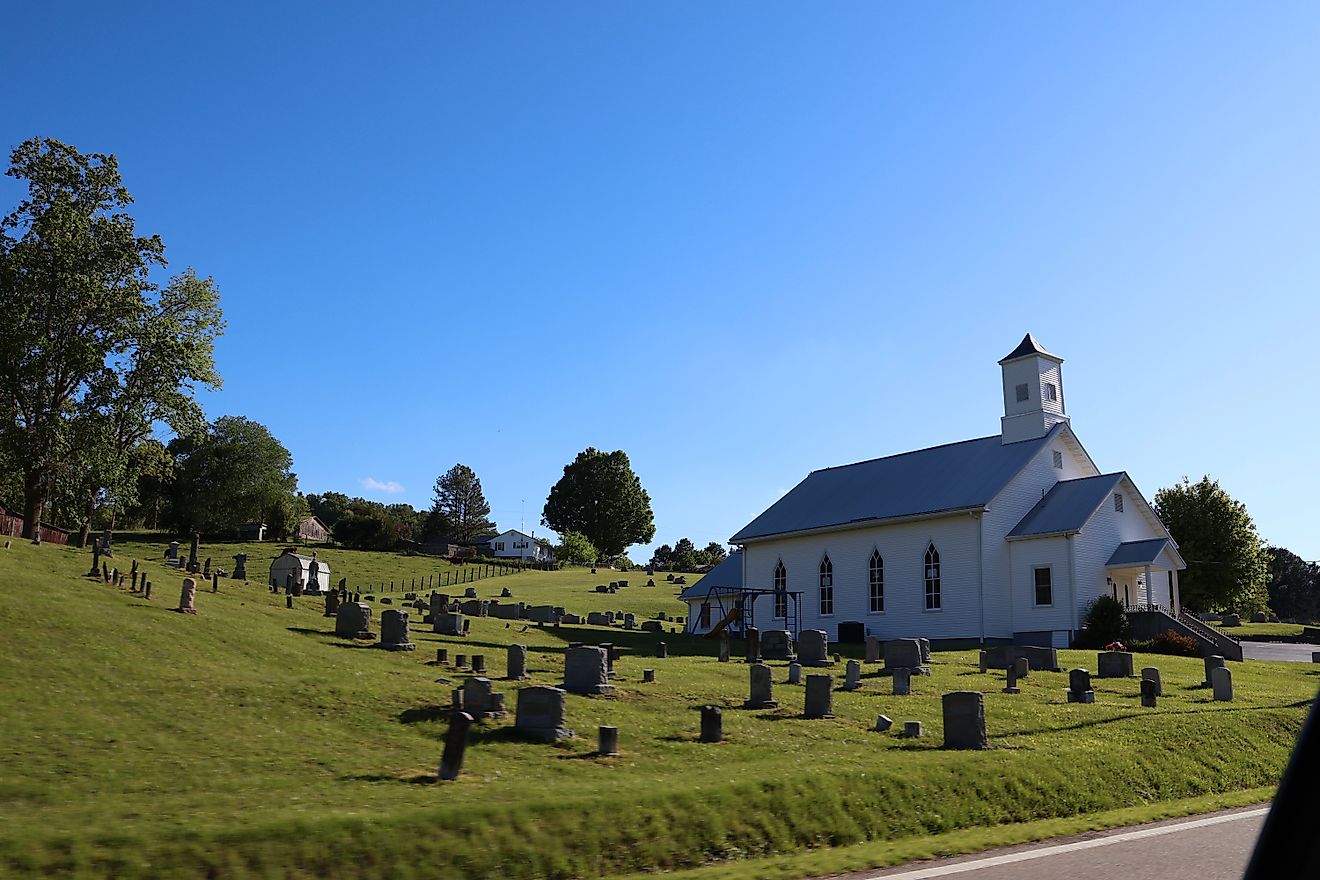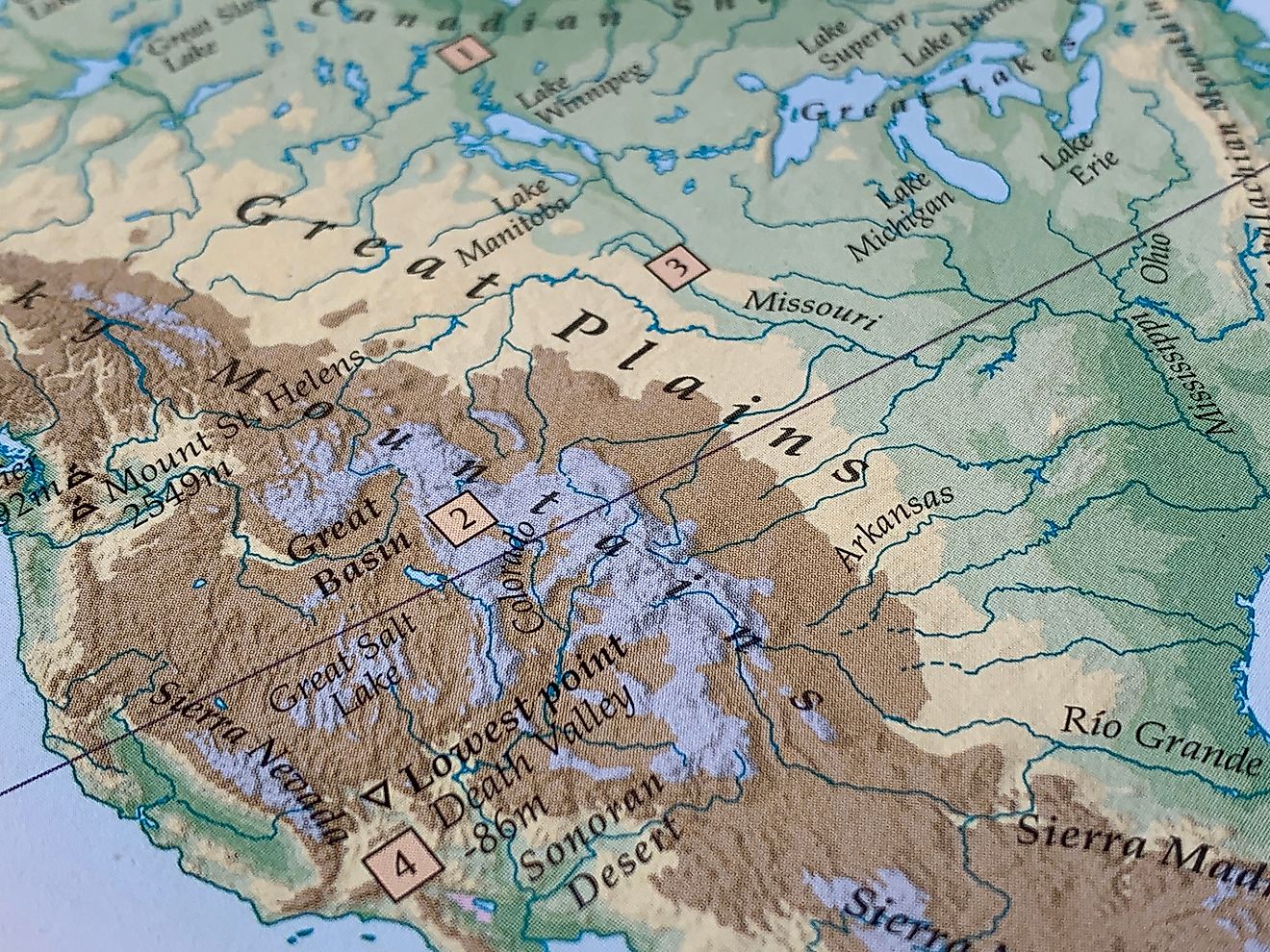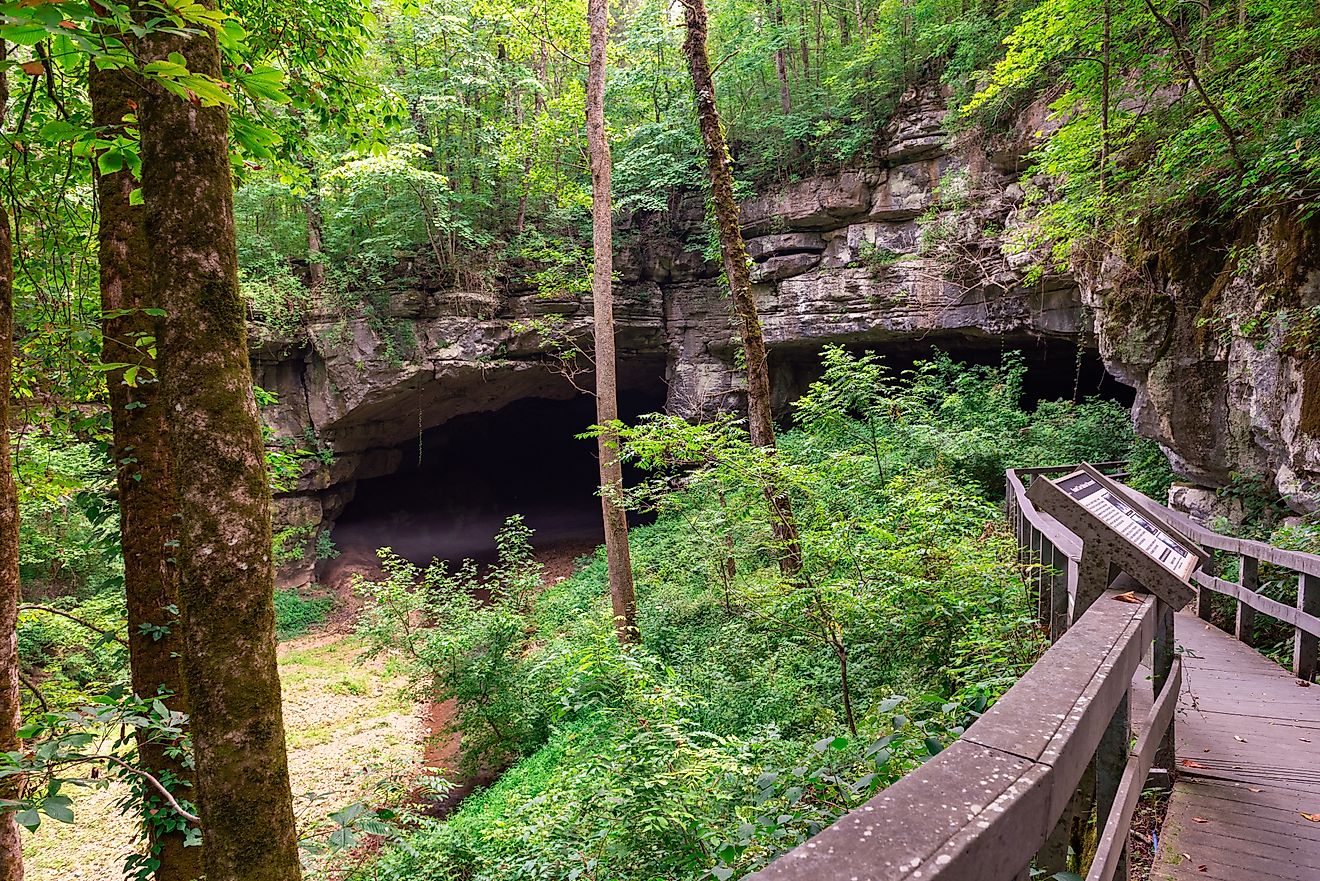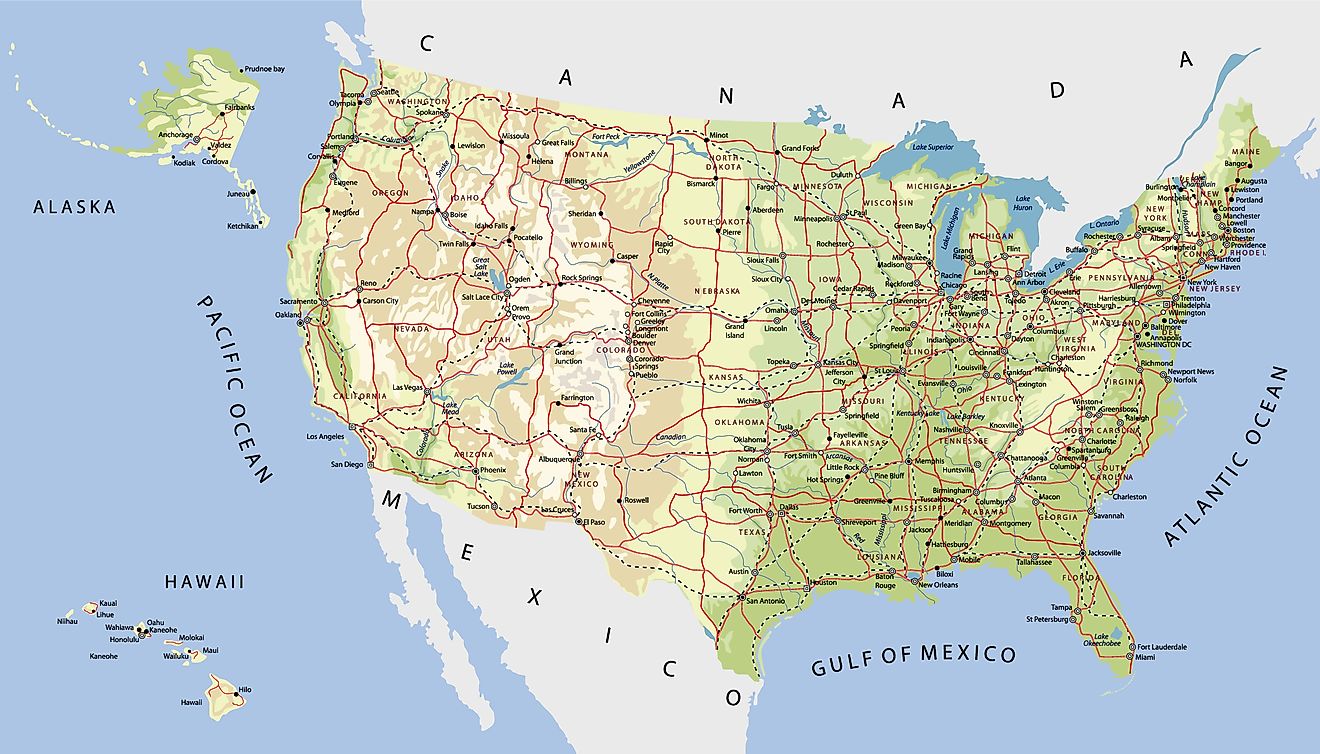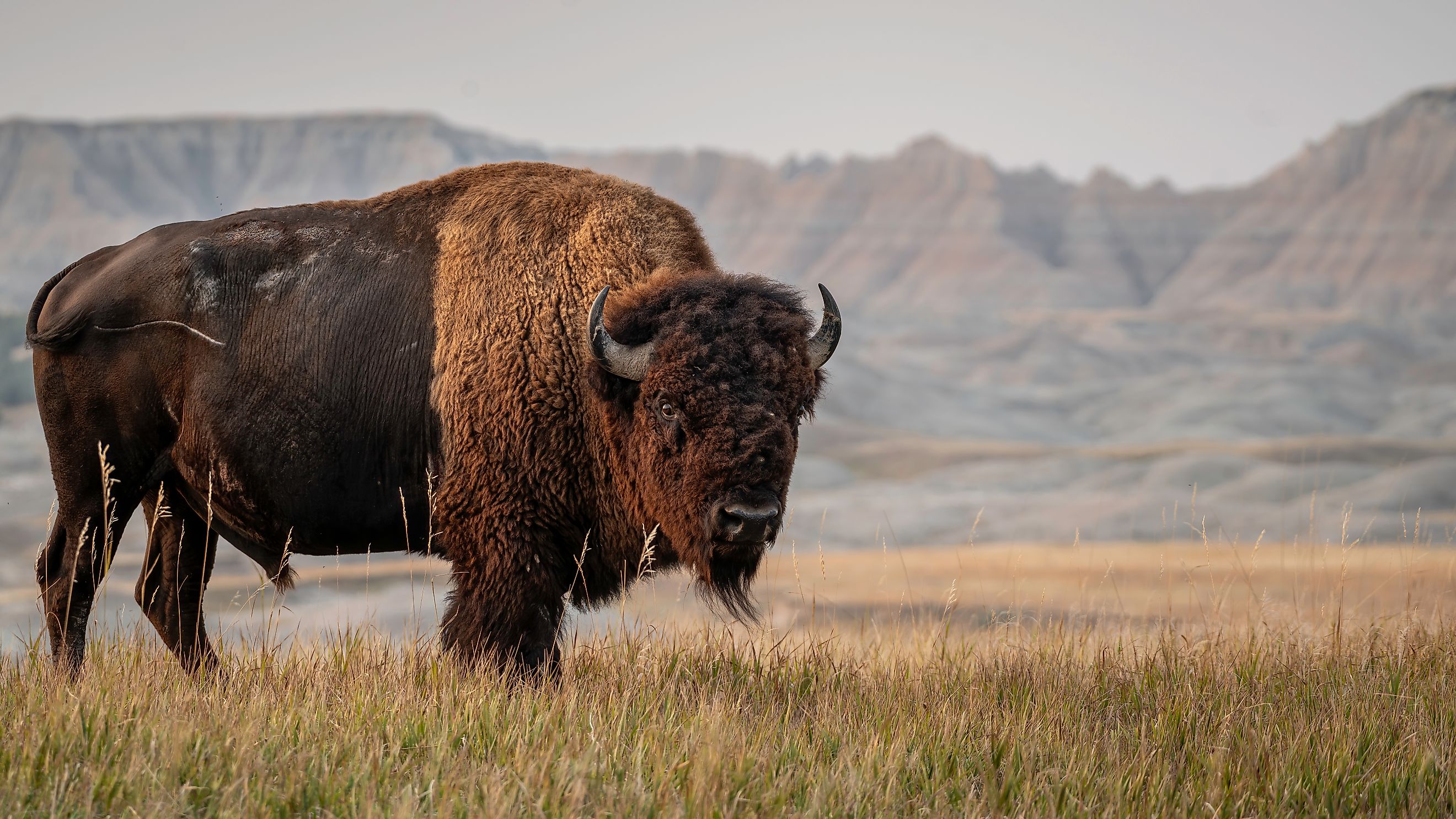
The 5 Largest Animals in The United States
From towering forests to open plains and remote wilderness, the United States is home to some of the most massive creatures in North America. These animals aren’t just big—they dominate their habitats with size, strength, and survival instincts honed over millennia. Take a look at the five largest animals in the US, and learn about the impressive biology behind their stature, where they roam today, and what it takes to see these giants in the wild.
Whether you’re a wildlife photographer, a curious traveler, or just an animal enthusiast, this list reveals the incredible scale of American wildlife—and the ecosystems that support them.
American Bison
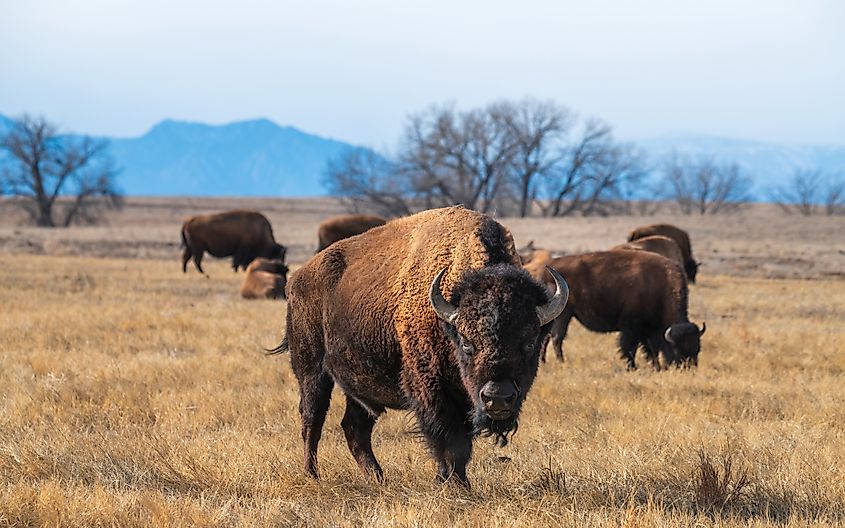
Average Weight: 1,000–2,000 lbs
Average Height: Up to 6 feet at the shoulder
Range: Great Plains, Yellowstone National Park, select preserves across the US
The largest land mammal in North America, the American bison once roamed the continent in vast herds, from the Great Lakes to the Rockies. Today, they primarily live in protected areas like Yellowstone National Park, where about 5,000 wild bison still roam free.
Male bison (bulls) can weigh up to 2,000 pounds, with massive heads and a hump of muscle that helps them plow through snow in winter. Their thick coats allow them to survive brutal cold, and despite their bulk, bison can run up to 35 miles per hour. Bison play a critical role in grassland ecosystems, creating habitat diversity as they graze and wallow.
Where to See Them:
-
Yellowstone National Park (Wyoming/Montana/Idaho)
-
Tallgrass Prairie National Preserve (Kansas)
-
Custer State Park (South Dakota)
Did You Know? In 2016, the bison was designated the national mammal of the United States, reflecting its cultural and ecological importance.
Moose
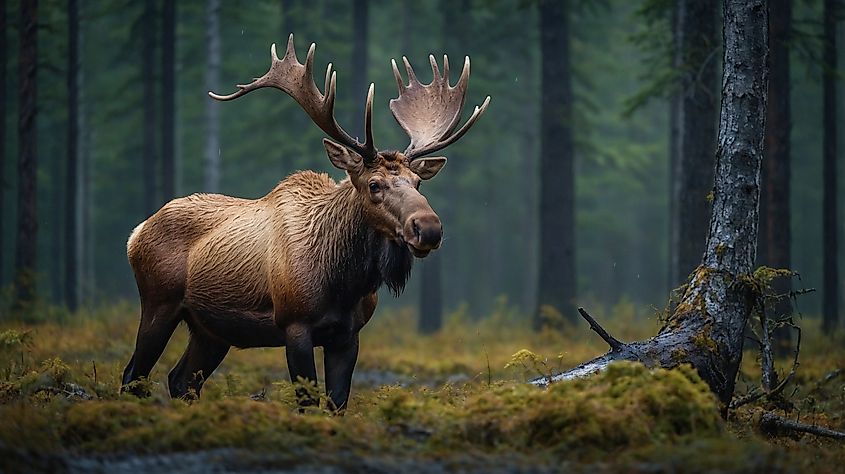
Average Weight: 800–1,500 lbs (males)
Average Height: 5–7 feet at the shoulder
Range: Alaska, Northern Rockies, Upper Midwest, Northeast
Towering and solitary, the moose is the largest member of the deer family and a striking figure in the northern US wilderness. Bull moose can weigh over 1,500 pounds and stand over 7 feet tall. Their massive, palmate antlers—spanning up to 6 feet across—make them instantly recognizable.
Moose thrive in boreal and mixed deciduous forests near water, where they feed on aquatic vegetation and young trees. They're excellent swimmers and can even dive underwater to feed. Despite their size, they are surprisingly quiet. Their long legs help them move silently through dense brush and deep snow.
Where to See Them:
-
Denali National Park (Alaska)
-
Grand Teton National Park (Wyoming)
-
Boundary Waters Canoe Area Wilderness (Minnesota)
Grizzly Bear
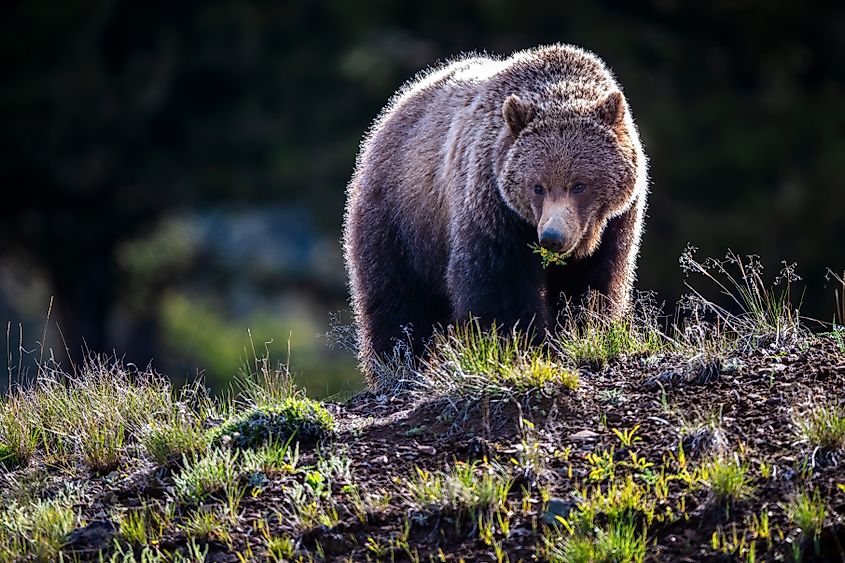
Average Weight: 400–790 lbs (females), 600–1,200 lbs (males)
Average Height: Up to 8 feet when standing
Range: Alaska, parts of Wyoming, Montana, and Idaho
A symbol of untamed wilderness, the grizzly bear is one of the largest and most powerful carnivores in the US. Males can reach over 1,000 pounds, especially in Alaska where food sources are plentiful.
Grizzlies are omnivorous and highly intelligent, feeding on roots, berries, fish, and even large mammals. They are particularly famous for fishing salmon during seasonal spawning runs in places like Katmai National Park.
Though feared and misunderstood, grizzlies are crucial apex predators and ecosystem engineers, helping to control animal populations and disperse seeds. They can smell food from over a mile away and dig burrows with the strength of a small backhoe.
Where to See Them:
-
Katmai National Park (Alaska)
-
Glacier National Park (Montana)
-
Yellowstone National Park (Wyoming)
Elk
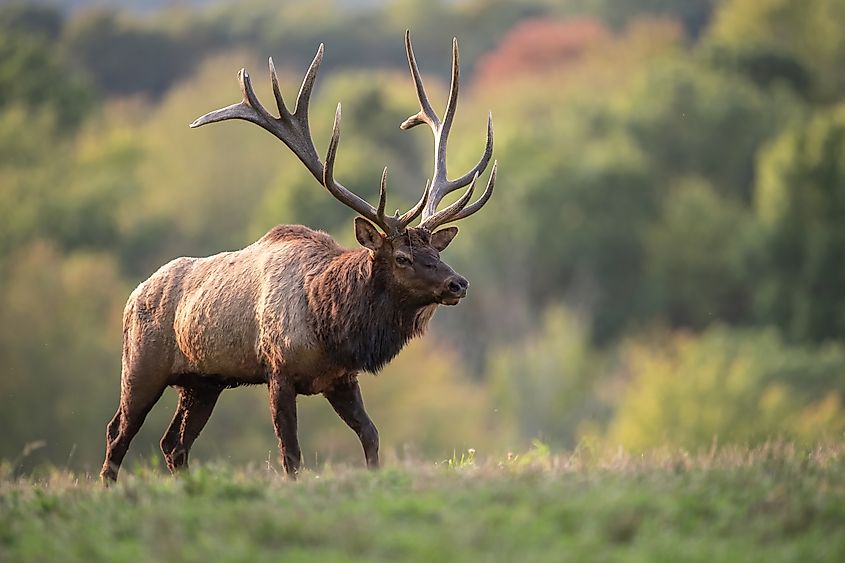
Average Weight: 500–1,000 lbs (males)
Average Height: 4.5–5 feet at the shoulder
Range: Western US, Appalachians, reintroduced populations in Kentucky and Pennsylvania
Second only to the moose in size among deer species, the elk—also known as wapiti—is a stunning animal that thrives in open forests and meadows. Bull elk grow large antlers each year that can weigh up to 40 pounds. They can even run up to 45 miles per hour and leap over 8-foot fences when alarmed.
During the fall rut (mating season), males bugle—a loud, haunting call that echoes through valleys as they fight for harems of females. Elk are highly social and often travel in large herds.
Once nearly eliminated from the eastern US, elk are making a comeback due to conservation and reintroduction efforts.
Where to See Them:
-
Rocky Mountain National Park (Colorado)
-
Great Smoky Mountains National Park (Tennessee/North Carolina)
-
Yellowstone National Park (Wyoming)
American Alligator
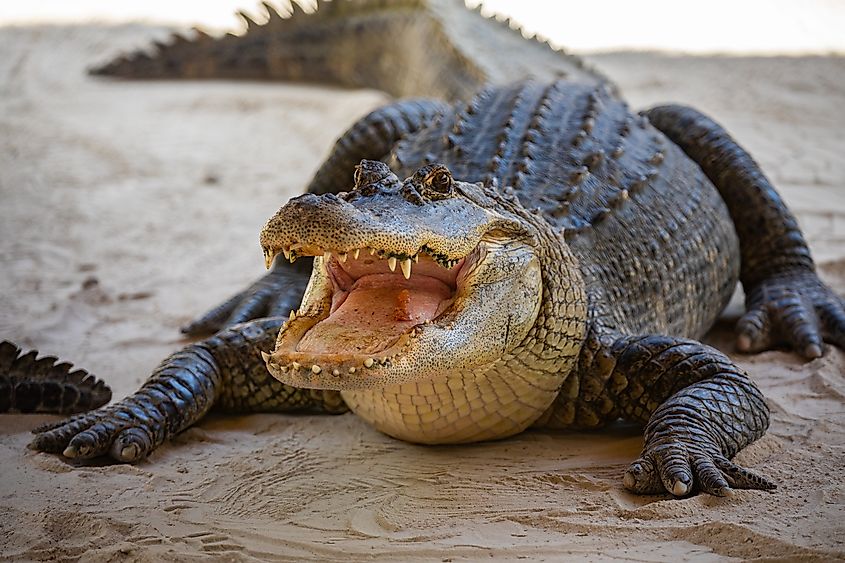
Average Weight: 500–1,000+ lbs
Average Length: Up to 15 feet
Range: Southeastern US—Florida, Louisiana, Georgia, Texas
The American alligator is the largest reptile in North America, and while it may not tower like a bison or bear, its size and prehistoric appearance are awe-inspiring.
Mature males, known as "bull gators," can exceed 1,000 pounds and grow over 13 feet long. Alligators thrive in freshwater wetlands, swamps, rivers, and marshes throughout the Southeast, where they prey on fish, birds, and mammals.
Thanks to decades of conservation work, American alligators have rebounded from near-extinction in the 20th century and are now a conservation success story.
Where to See Them:
-
Everglades National Park (Florida)
-
Atchafalaya Basin (Louisiana)
-
Okefenokee Swamp (Georgia)
Protecting America’s Wildlife Giants

Each of these animals plays a vital role in their environment. Many of them have rebounded from population declines thanks to decades of habitat protection, legal safeguards, and public awareness.
But ongoing threats—such as climate change, habitat fragmentation, and human-wildlife conflict—continue to affect their futures. Conservation efforts, eco-tourism, and responsible wildlife viewing are key to keeping these giants roaming the wild for generations to come.
Tips for Spotting Large Wildlife in the US
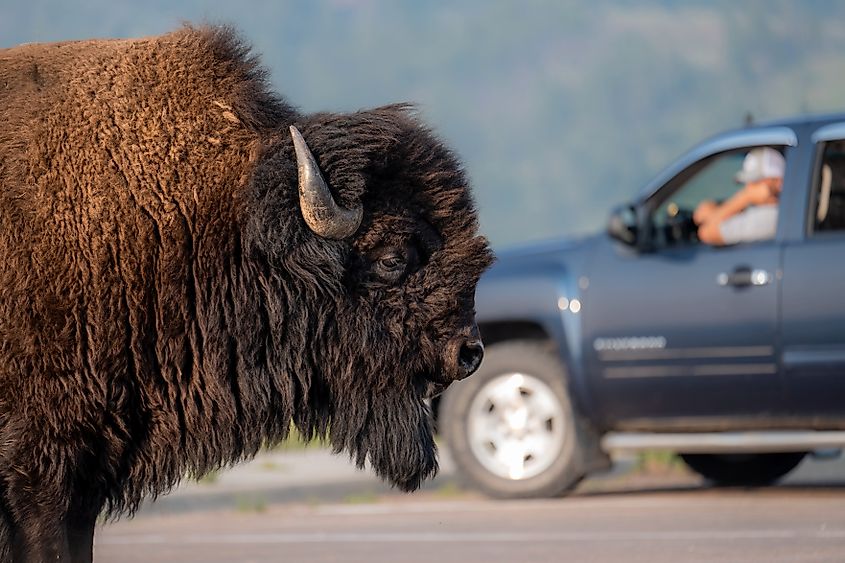
If you’re hoping to spot one of America’s largest animals in the wild, here are some practical tips:
-
Visit National Parks and Wildlife Refuges: Parks like Yellowstone, Katmai, and Denali offer some of the best opportunities.
-
Go During the Right Season: Moose and elk are easier to spot during the rut (fall), while alligators are most active in spring and summer.
-
Keep Your Distance: Always observe from a safe distance—use binoculars or telephoto lenses.
-
Hire a Guide: Local experts know the best places and safest methods for wildlife viewing.
-
Be Patient: Wildlife sightings take time. Stay quiet, be observant, and respect the environment.
Final Thoughts: Nature’s Titans in Our Backyard

The five largest animals in the United States are more than just biological marvels—they’re living symbols of the wild landscapes that still define much of the country. From the thunder of bison hooves across the plains to the silent presence of a moose in an alpine lake, these creatures capture the awe that makes outdoor exploration so rewarding.
By appreciating and protecting these giants, we’re also safeguarding the ecosystems that make America’s wilderness some of the most diverse and spectacular on Earth.
Summary: The 5 Largest Animals in the US
| Animal | Max Weight | Key Locations |
|---|---|---|
| American Bison | Up to 2,000 lbs | Yellowstone, Great Plains |
| Moose | Over 1,500 lbs | Alaska, Wyoming, Minnesota |
| Grizzly Bear | Over 1,000 lbs | Alaska, Montana, Wyoming |
| Elk | Up to 1,000 lbs | Rockies, Appalachians |
| American Alligator | Over 1,000 lbs | Florida, Louisiana, Georgia |
Q&A
What is the largest animal in the United States?
The American bison is the largest land mammal in the US, with adult males weighing up to 2,000 pounds.
Where can I safely see these animals in the wild?
National parks like Yellowstone, Everglades, and Denali offer safe, guided opportunities to view large wildlife.
Are grizzly bears and polar bears the same size?
Both can reach massive sizes, but polar bears tend to be slightly heavier, especially males. Grizzlies are more widespread in the lower 48 states.
Are American alligators dangerous?
While alligators are powerful predators, they rarely attack humans unprovoked. Always keep a safe distance and follow park guidelines.
